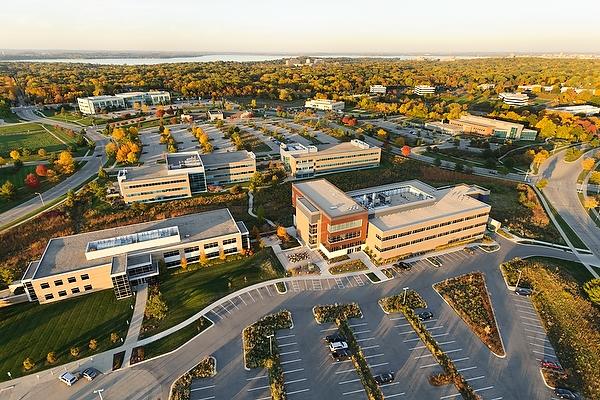Studies by Yoshiro Kawaoka, DVM, PhD, involving the creation of potentially dangerous influenza viruses have come under fire by a member of his own university's biosafety committee, according to a story yesterday in the Wisconsin State Journal.
Recently Kawaoka, of the University of Wisconsin, published a report describing how his lab generated a virus very similar to the 1918 pandemic flu virus and found that a few mutations made it capable of airborne spread in ferrets.
He has also experimented with ways to make the H5N1 avian flu virus more contagious in ferrets, with the aim of improving flu surveillance by identifying dangerous mutations. Such experiments are known as "gain-of-function" (GOF) studies.
Thomas Jeffries, PhD, who serves on the university's Institutional Biosafety Committee, called the studies dangerous. "You're increasing the probability of having a pandemic rather than decreasing the probability," he told the Madison newspaper.
Kawaoka works at the Institute for Influenza Virus Research at University Research Park, in a lab classified as biosafety level 3-agriculture, half a notch below BSL-4, the top level, the story said.
Jeffries is a molecular biologist who worked at the Forest Products Laboratory in Madison for more than 30 years before retiring in 2012. He is a professor emeritus at the university, where he still maintains a lab, and owns Xylome, a company developing biofuels from yeast.
'Accidents do happen'
Jeffries said the physical containment measures that Kawaoka is required to follow seem satisfactory. But he said the recent lab safety lapse at the Centers for Disease Control and Prevention (CDC) that potentially exposed more than 80 people to anthrax bacteria exemplified what can go wrong.
"I think we can sometimes fool ourselves into thinking we have more control over a situation in a laboratory than we do," he said. "Accidents do happen."
Jeffries said Kawaoka should genetically disable his flu viruses so that they couldn't spread among people if they escaped from the lab.
But Kawaoka countered that such disabled viruses would no longer be authentic. "What you learn applies to the attenuated strains, but may not apply to the authentic viruses," he said.
Jeffries said he has voted against Kawaoka's research proposals in biosafety committee meetings. He also commented that most committee members work for the university, which relies on grants like those that Kawaoka brings in.
Lipsitch in NY Times
In a related development, flu GOF studies were criticized yesterday in a New York Times commentary by Marc Lipsitch, PhD, director of the Center for Communicable Disease Dynamics at the Harvard School of Public Health.
Like Jeffries, he cited the CDC anthrax incident as an example of what can go wrong, and he presented arguments similar to those he made in a recent CIDRAP News commentary.
See also:
Jun 29 State Journal story
Jun 29 Times commentary by Marc Lipsitch
Jun 19 CIDRAP commentary by Lipsitch



















